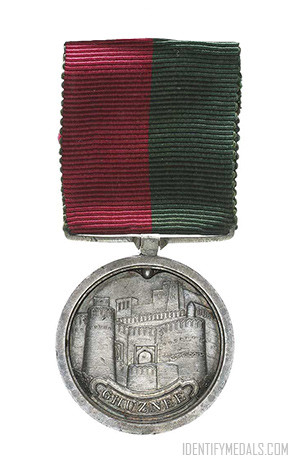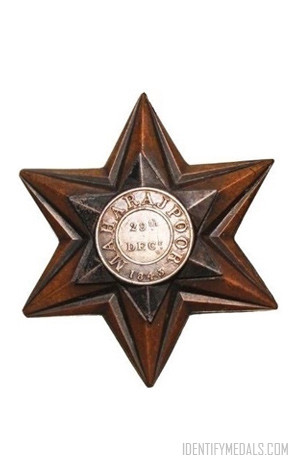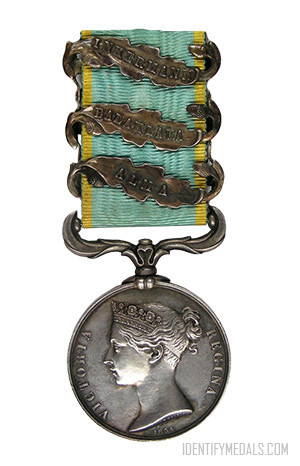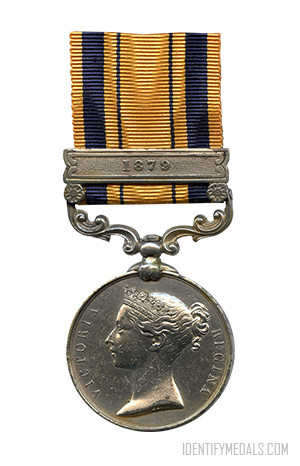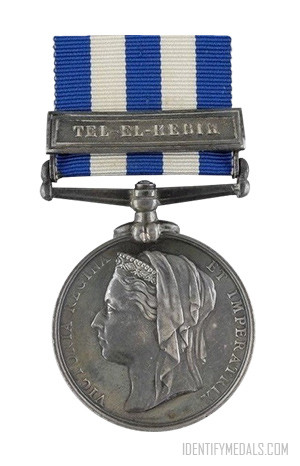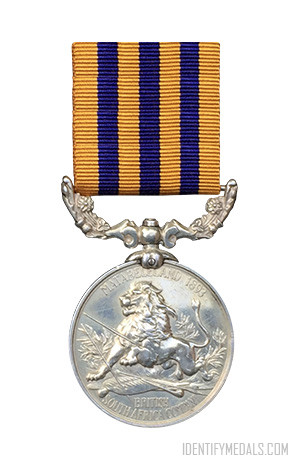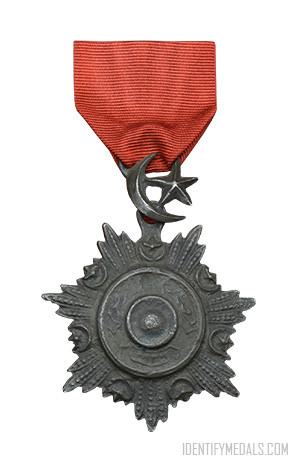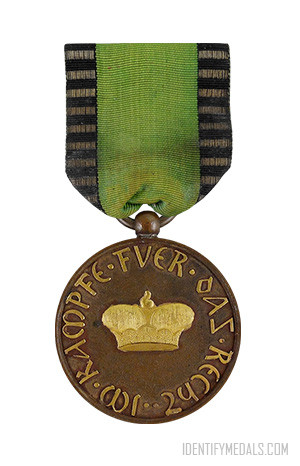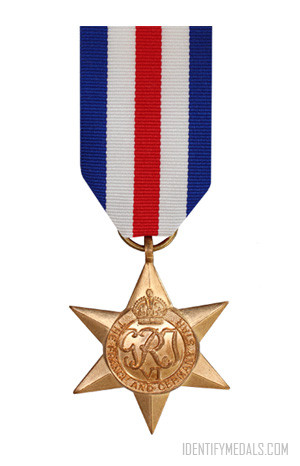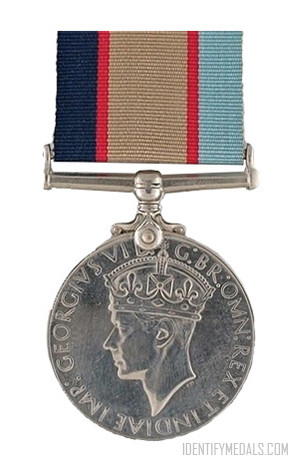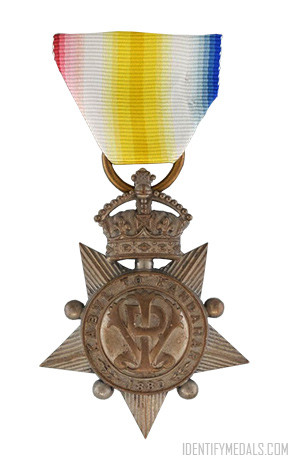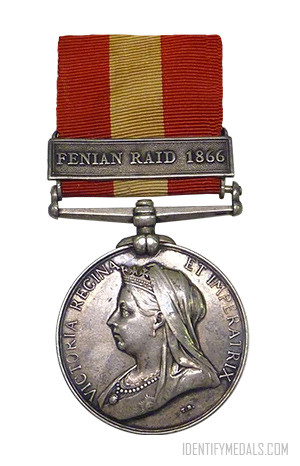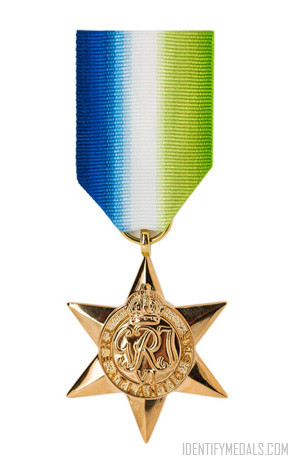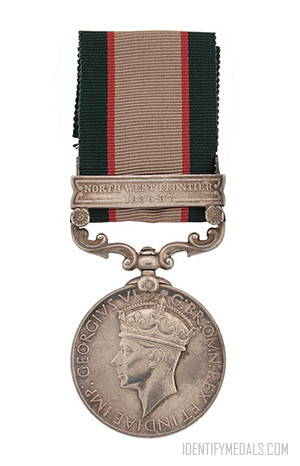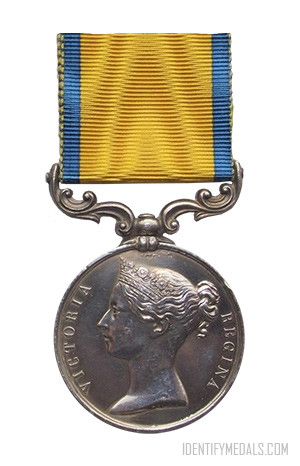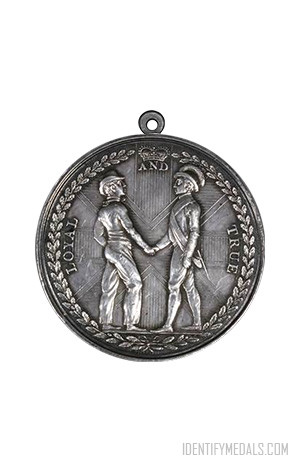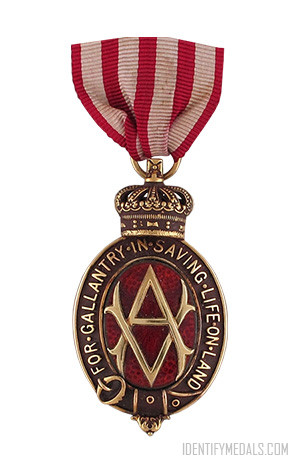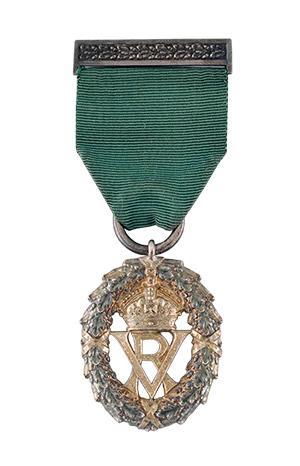- Time Period: Pre-WW1
- Year of Institution: 1839
- Country: Great Britain
The Ghuznee Medal is a British campaign medal struck in 1839 and awarded to troops of the British and Indian Armies for participation in the storming of the fortress of Ghuznee in Afghanistan, from 21 to 23 July 1839 (known as the Battle of Ghazni that took place during the First Anglo-Afghan War).
The Ghuznee Medal was the second medal awarded to all ranks of the British Army for a specific campaign (the first one was the Waterloo Medal).
The medal was struck on the orders of Shuja Shah Durrani, the Shah of Afghanistan, to show his appreciation to the British forces who had helped him restore his throne by storming the fortress. Because the Shah died before the medals could be distributed, it was then bestowed by the Governor-General of India in the name of the Government of India.
The Ghuznee Medal Design
The Ghuznee Medal is made of silver and is based on a design by John Luard, a British army officer and artist. It was struck at the Calcutta Mint. It measures 37 millimeters (1.5 in) in diameter.
The obverse shows the fortress of Ghuznee with the word ‘GHUZNEE’ below. The reverse depicts a mural crown surrounded by a laurel wreath and the date ’23d JULY 1839’.
The suspender is straight with a ring passing through a smaller loop soldered to the top of the medal. The ribbon has two equal stripes of crimson and dark green. Originally the ribbon was to have been half green and half yellow.
The medal was issued unnamed.
Two separate dies exist for this medal with one having a wider border around the edge than the other. The second also has a narrower and taller fortress.

